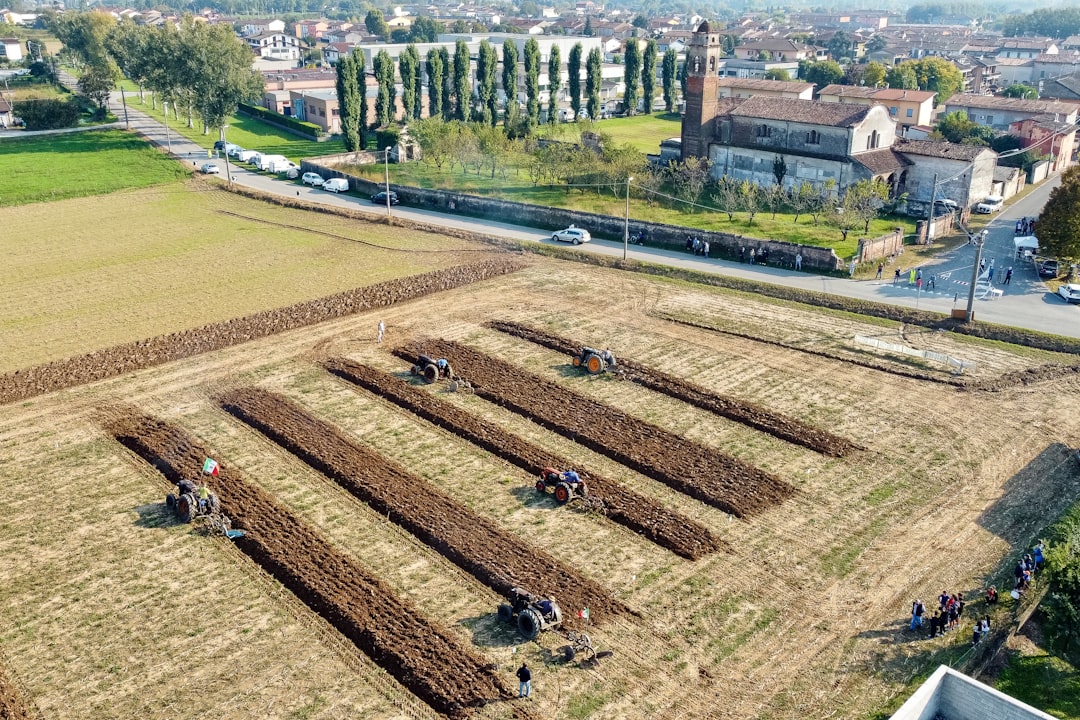Soil is the foundation of all plant life, serving as a source of nutrients, water, and stability. Two key factors that influence soil's ability to support healthy plant growth are soil texture and soil structure. Understanding these characteristics can help gardeners, farmers, and landscapers make informed decisions about soil management and plant selection.
What is Soil Texture?
Soil texture refers to the relative proportions of sand, silt, and clay particles in the soil. These particles vary in size, affecting how soil retains water and nutrients.
-
Sand (largest particles) drains quickly and is prone to drying out, making it less effective at holding nutrients.
-
Silt (medium-sized particles) retains moisture better than sand and provides a smooth texture.
-
Clay (smallest particles) holds water and nutrients well but can become compacted, leading to drainage issues.
Soil texture determines how well plants can access water and nutrients. For example, sandy soils require frequent watering and fertilization, while clay soils may need amendments to improve aeration and drainage.
What is Soil Structure?
Soil structure refers to how soil particles group together into aggregates or clumps. Good soil structure creates pore spaces that allow water, air, and roots to move freely.
-
Granular structure (ideal for plant growth) has small, round aggregates that promote good drainage and root penetration.
-
Platy structure (thin, stacked layers) can impede water movement and root growth.
-
Blocky structure (irregularly shaped clumps) is common in clay-rich soils and can hinder root development if too dense.
-
Prismatic or columnar structure (tall, vertical aggregates) can limit water infiltration and root expansion.
Healthy soil structure is essential for supporting plant roots, promoting microbial activity, and improving water infiltration and retention.
How Soil Texture and Structure Affect Water Movement
Water movement through soil depends on both texture and structure. Sandy soils allow rapid water infiltration but struggle to retain moisture, making them prone to drought stress. Clay soils, on the other hand, hold onto water but may drain too slowly, leading to waterlogging and root rot. Loamy soils, which contain a balance of sand, silt, and clay, provide the best water-holding capacity and drainage for most plants.
Soil structure also plays a role. Well-aggregated soils with good structure allow water to move efficiently while still retaining necessary moisture. Compacted or poorly structured soils prevent water from reaching plant roots, leading to either excessive dryness or standing water.
Improving Soil Texture and Structure
While soil texture is inherent to a location, soil structure can be improved with proper management:
-
Adding organic matter (compost, manure, or mulch) enhances soil structure by encouraging aggregation and increasing microbial activity.
-
Avoiding soil compaction by minimizing foot traffic and heavy machinery use preserves pore spaces for air and water movement.
-
Practicing crop rotation and cover cropping helps maintain soil health and prevents structural degradation.
-
Using appropriate irrigation methods such as drip irrigation reduces waterlogging and erosion in sensitive soils.
Conclusion
Understanding soil texture and structure is crucial for optimizing plant growth and water movement. By assessing and improving these soil properties, gardeners and farmers can create healthier, more productive environments for their plants. Whether through soil amendments, proper irrigation, or mindful planting practices, enhancing soil quality ensures sustainable and thriving plant growth for years to come.

Comments
No comments yet. Be the first to comment!
You must be logged in to comment. Login